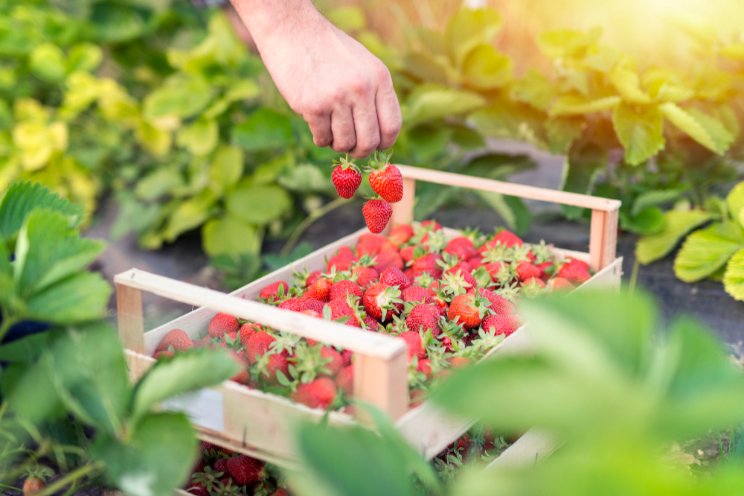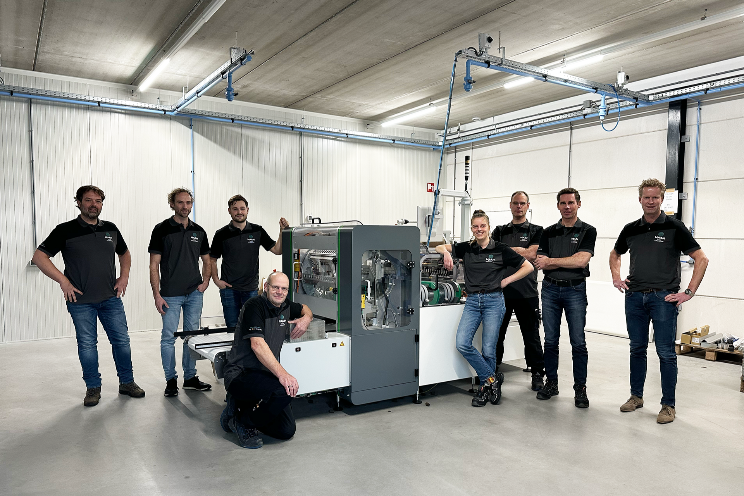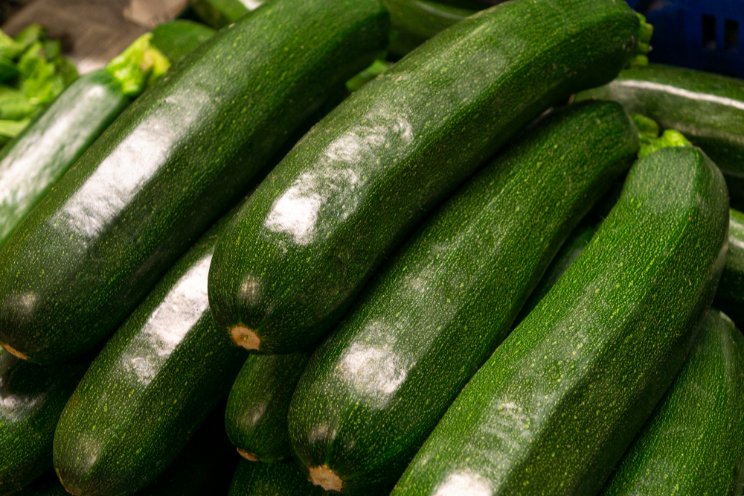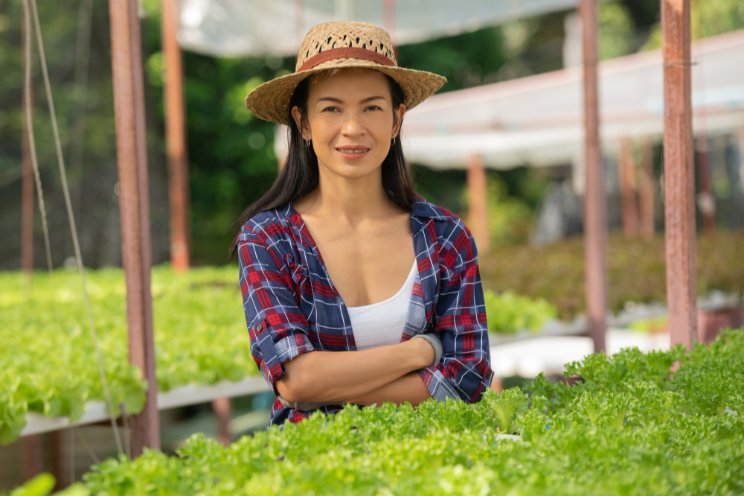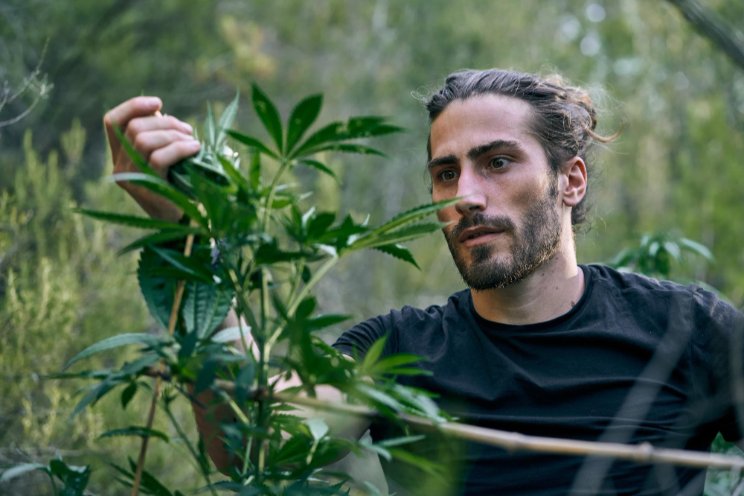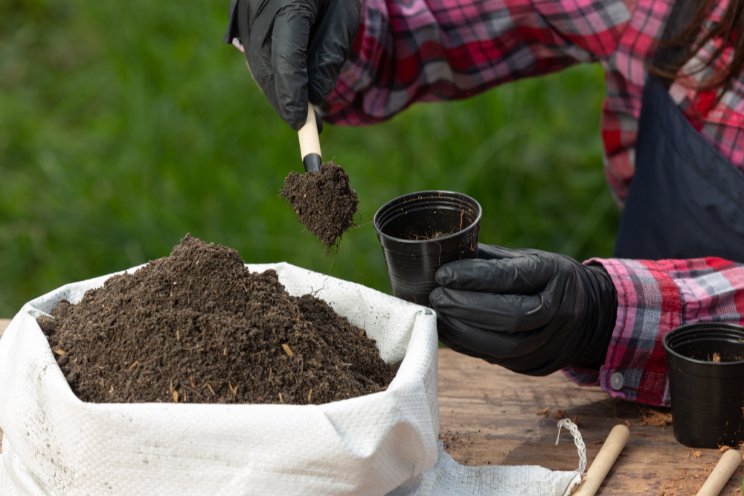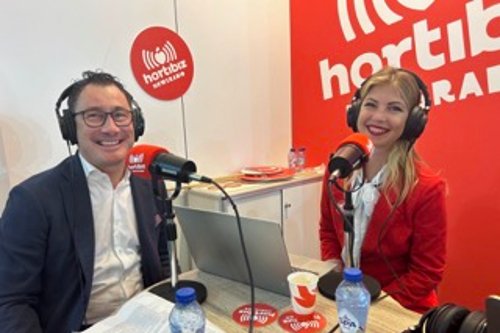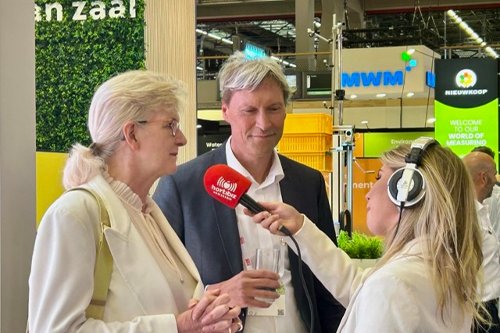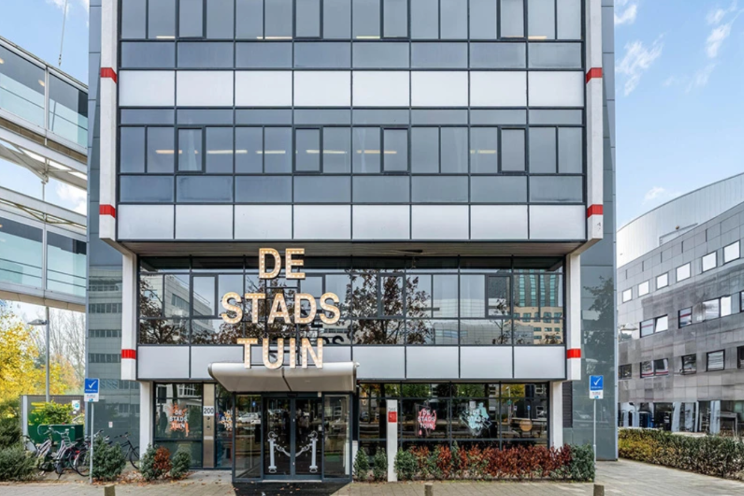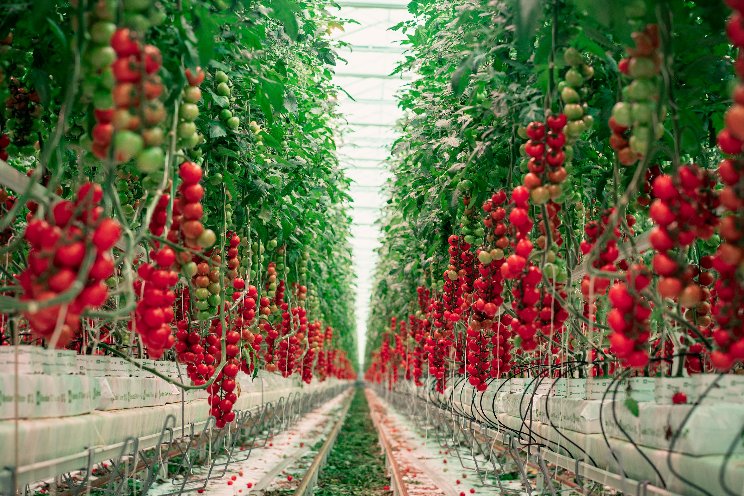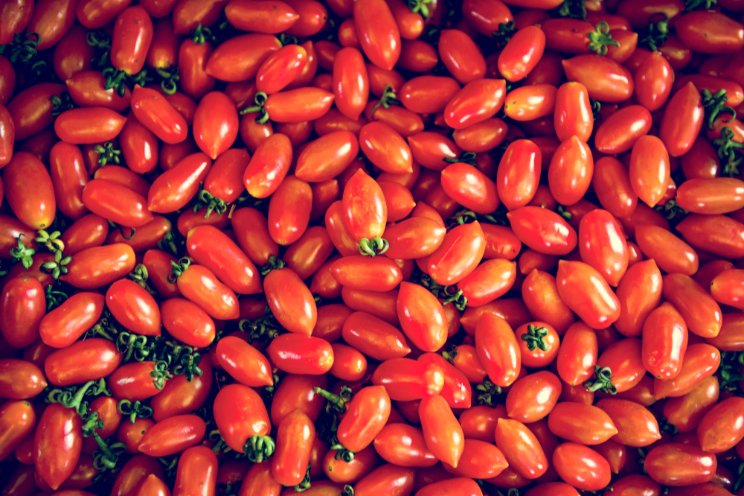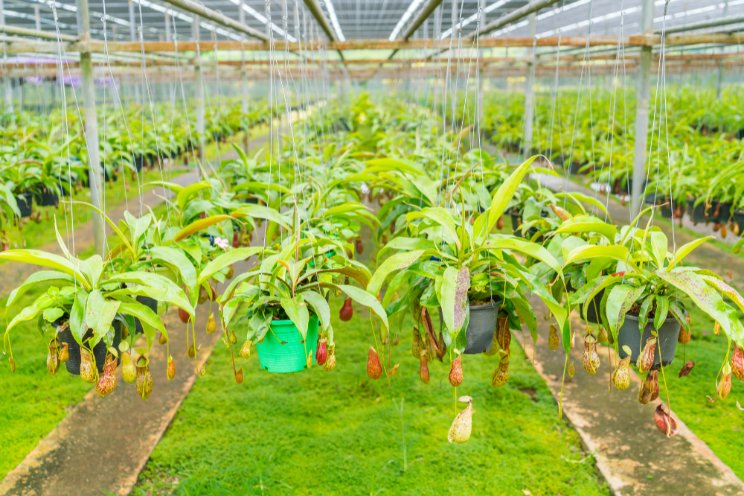Huge increase in tomato production
Added on 29 January 2020

WUR has been active in the Arab region for around 13 years, including in Abu Dhabi (United Arab Emirates) and Riyadh (Saudi Arabia). A research center has been realized in Riyadh. There WUR investigates whether it is possible to grow vegetables with less water and pesticides. Three types of greenhouses have been built for this purpose: low-tech (plastic tunnels), mid-tech (greenhouses of glass) and high-tech (of glass and with air-conditioning).
Much less water
Targeted, computer-controlled watering appears to have enormous benefits. Commercial greenhouses currently require 400 liters of water for one kilogram of tomatoes. In research greenhouses of the same type, however, with a better climate and irrigation control, only 80 liters per kilogram are needed. This is partly because less water is used, but mainly because 80 kilogram of tomatoes per square meter produced. That is three times as much as what is normally produced in this type of greenhouse. In the high-tech greenhouse it is even possible to realize only 3 liters per kilogram of tomatoes, mainly because the water consumption in this type of greenhouse is minimal.
Spectacular production
The increase in production is also spectacular. For tomato growers in Saudi Arabia, a production of 15 to 25 kilograms is common. With a targeted irrigation of approximately 80 kilograms is possible. That production is achieved with 'local' tomato varieties. With modern tomato varieties - specially refined for modern cultivation applications - the expectation is that production will be even higher, specific in the high-tech greenhouses.
Sharing knowledge
Knowledge exchange is essential for the step forward in Saudi Arabia. That is why WUR has also started a project to inform more growers and their employees about the new cultivation methods. To this end, demonstration companies are set up, where improved cultivation techniques are compared with existing methods, not only practically but also economically.
Click here for more information.
Photo courtesy of Wageningen University & Research
Source: Wageningen University & Research
More news

